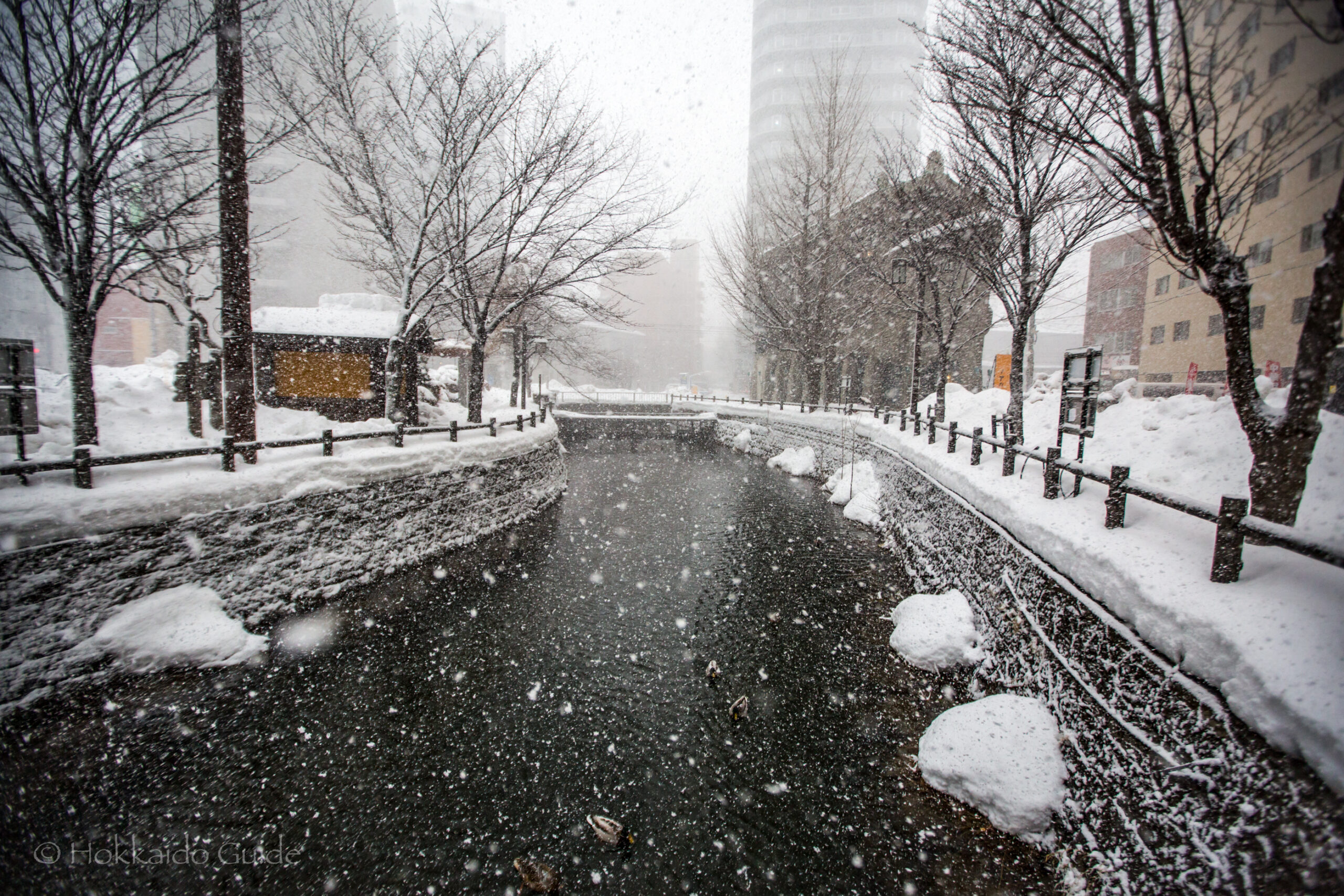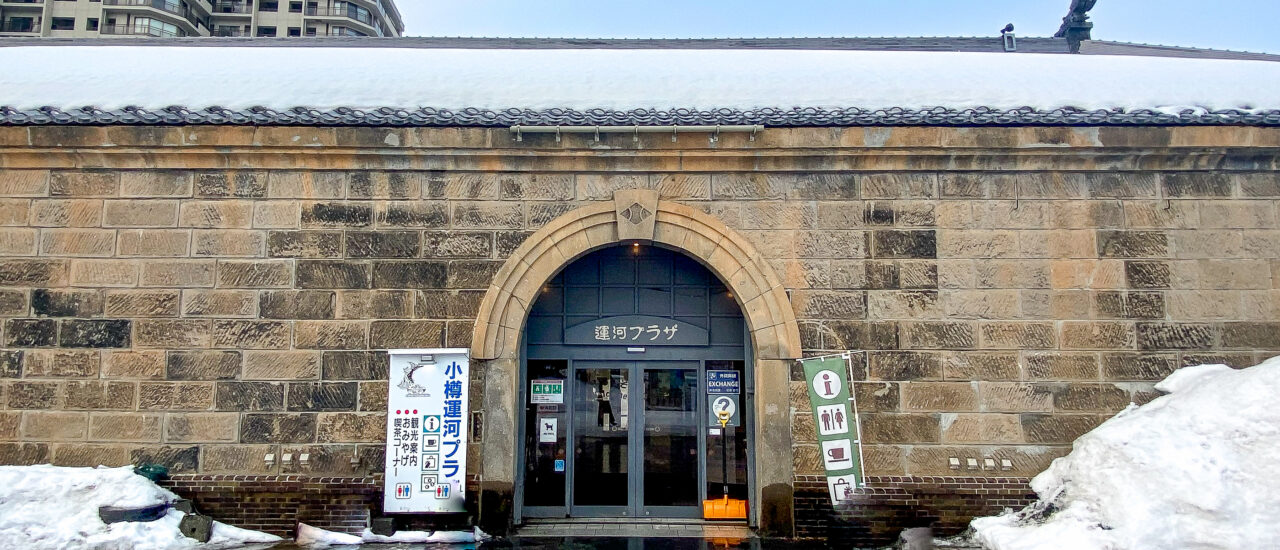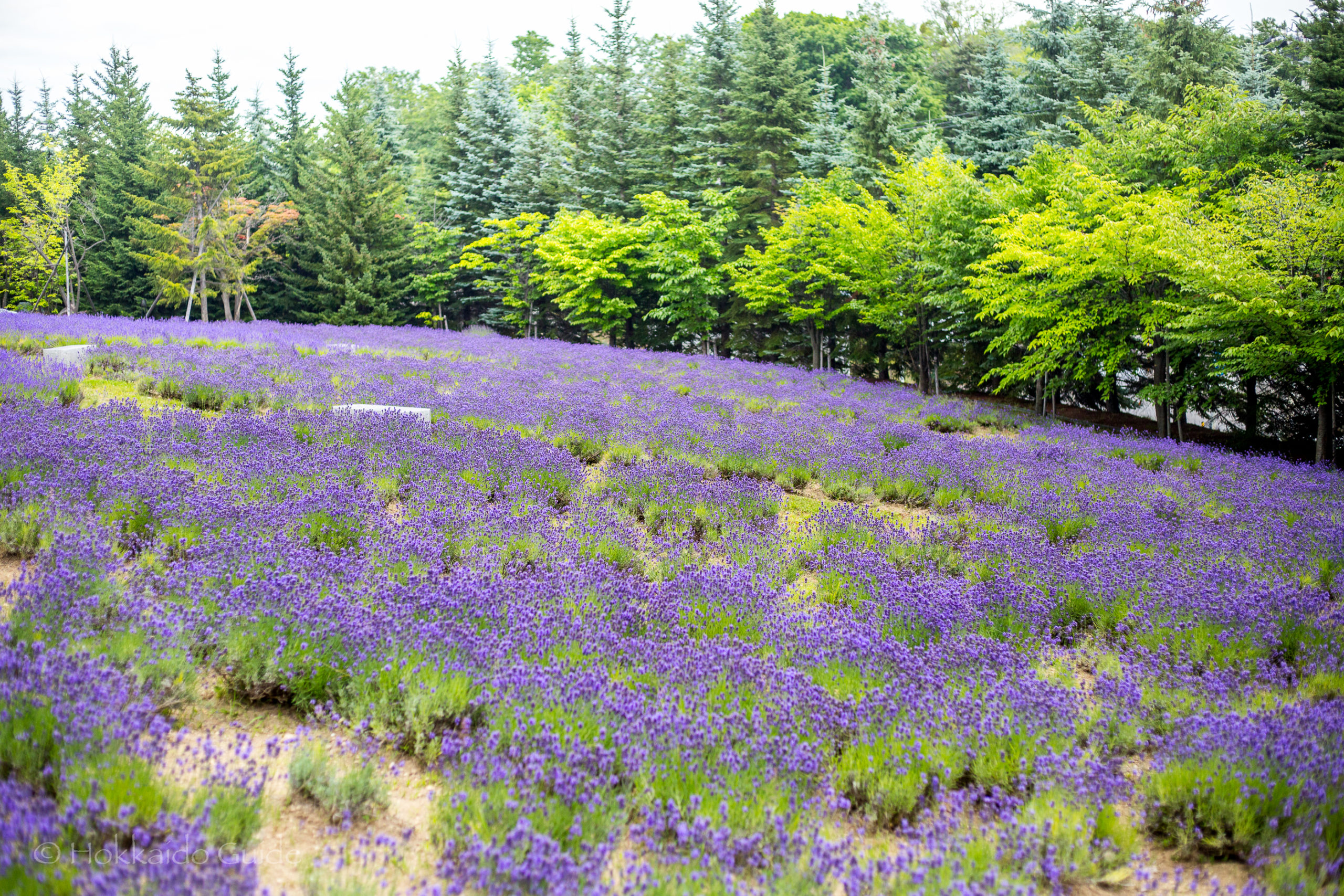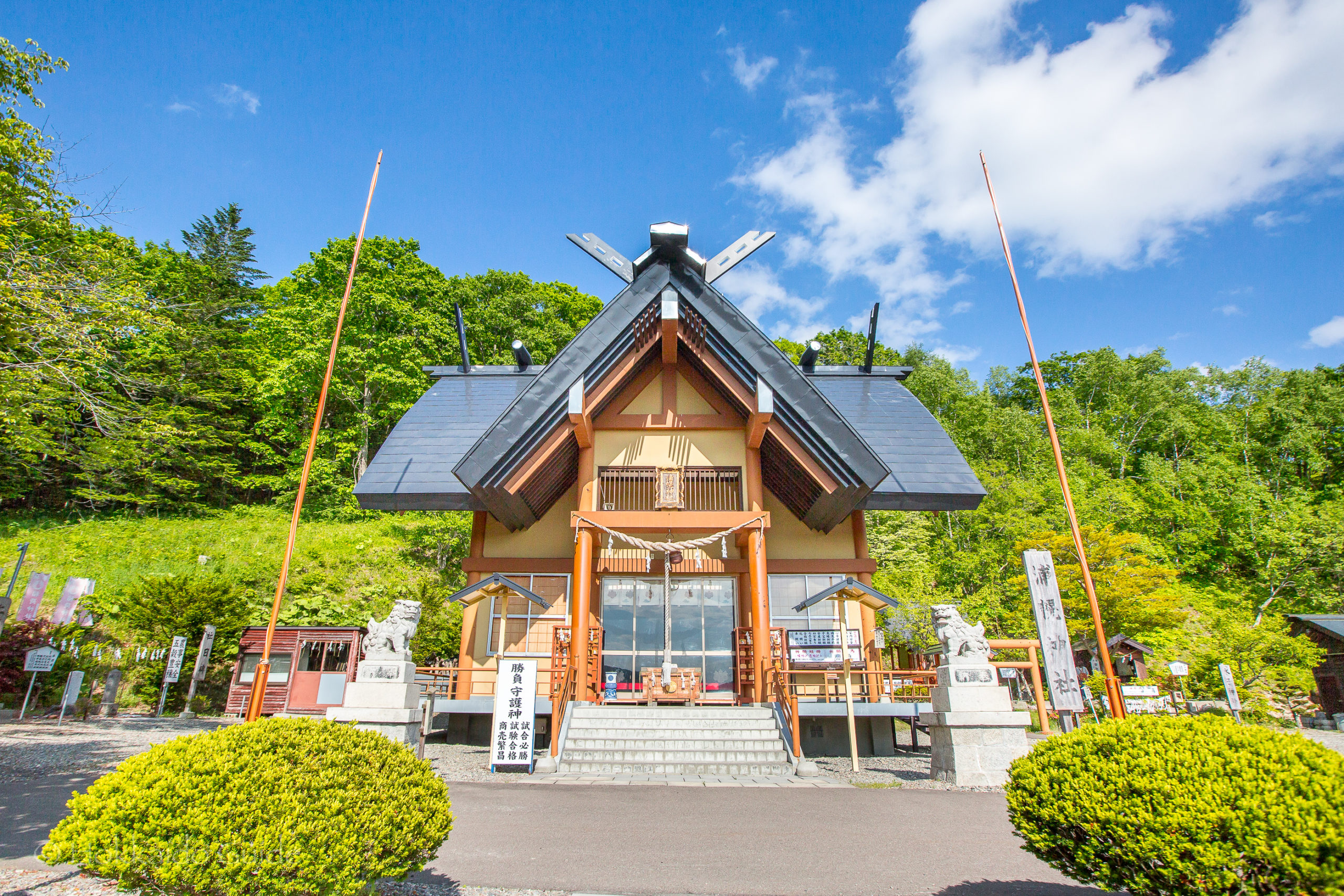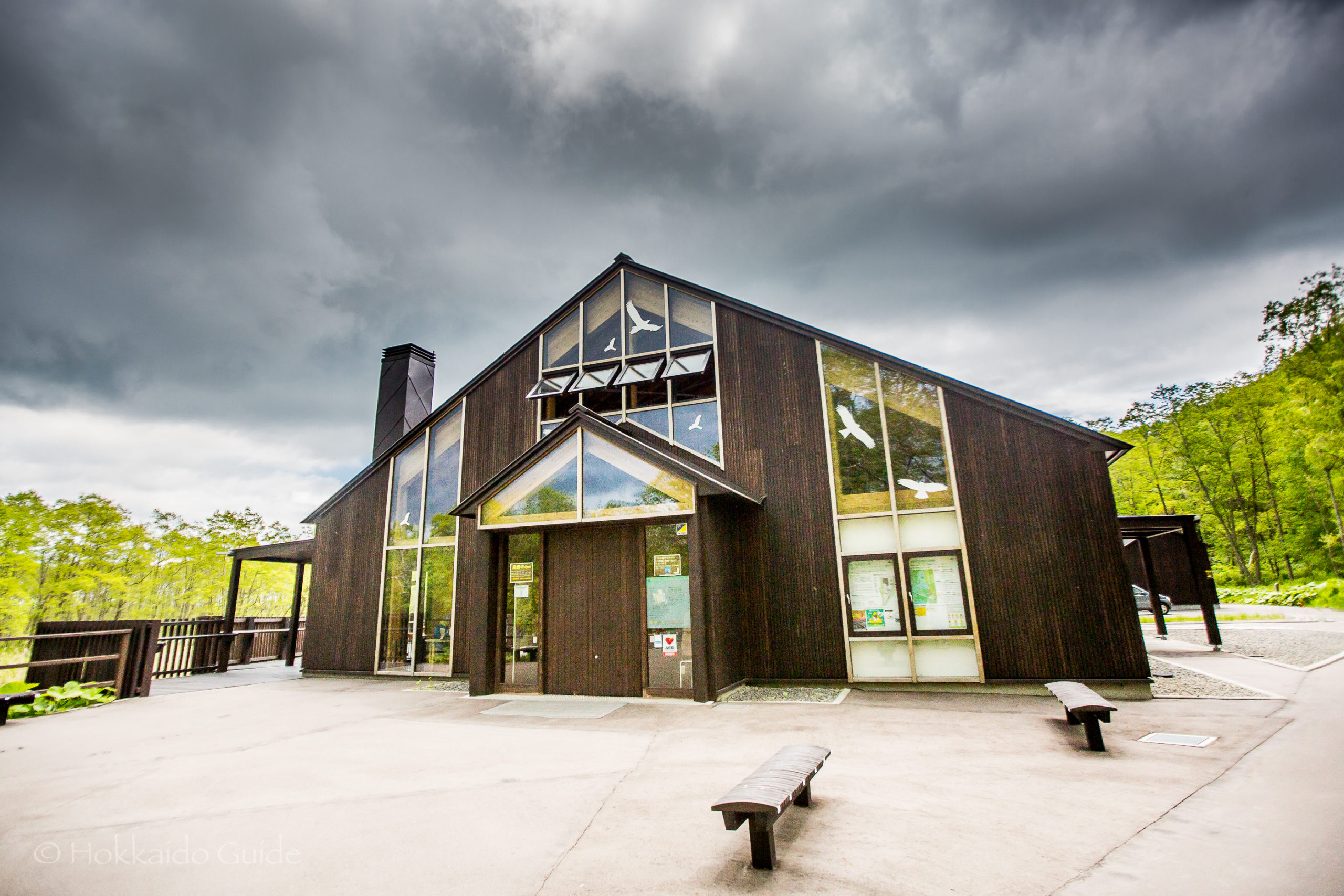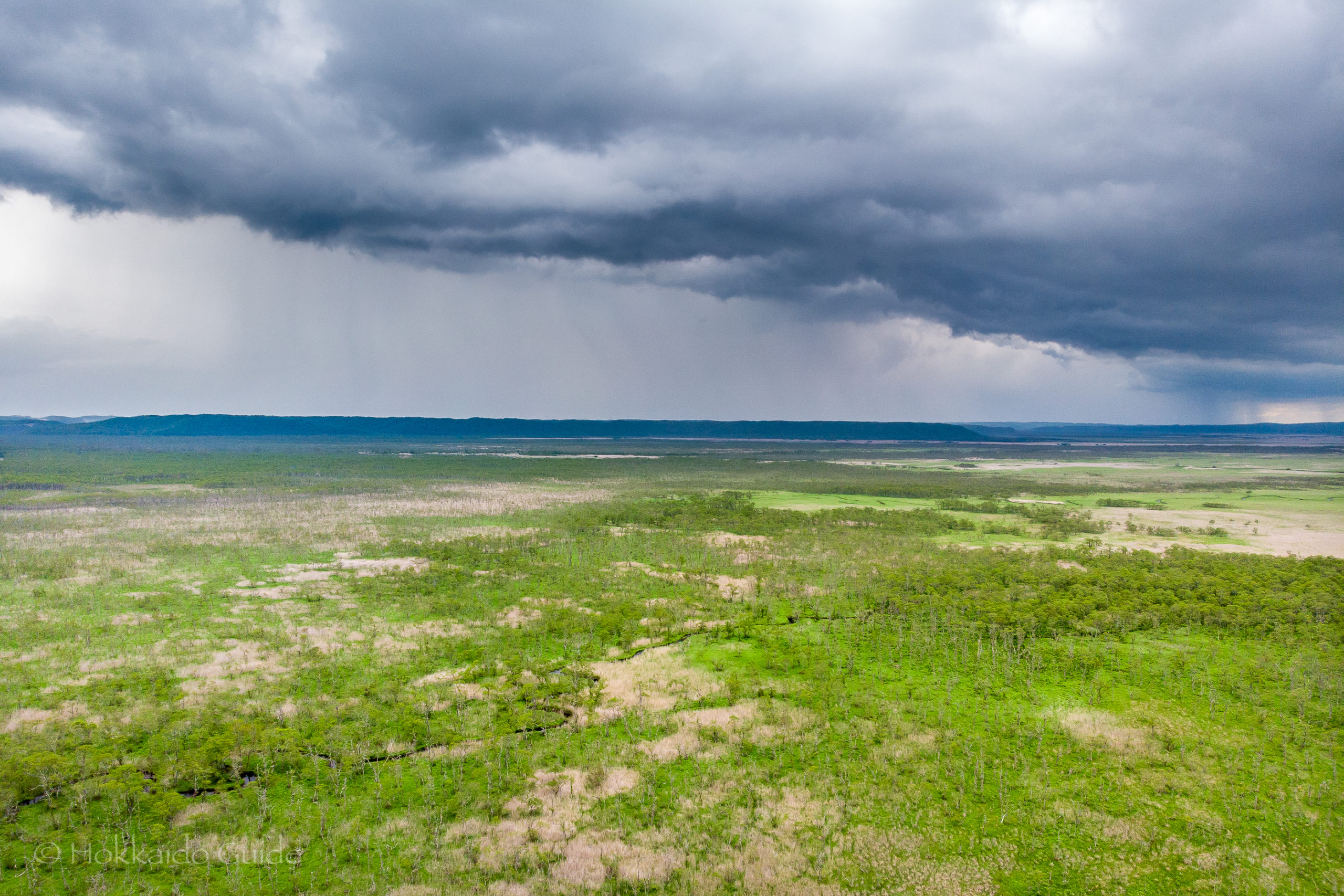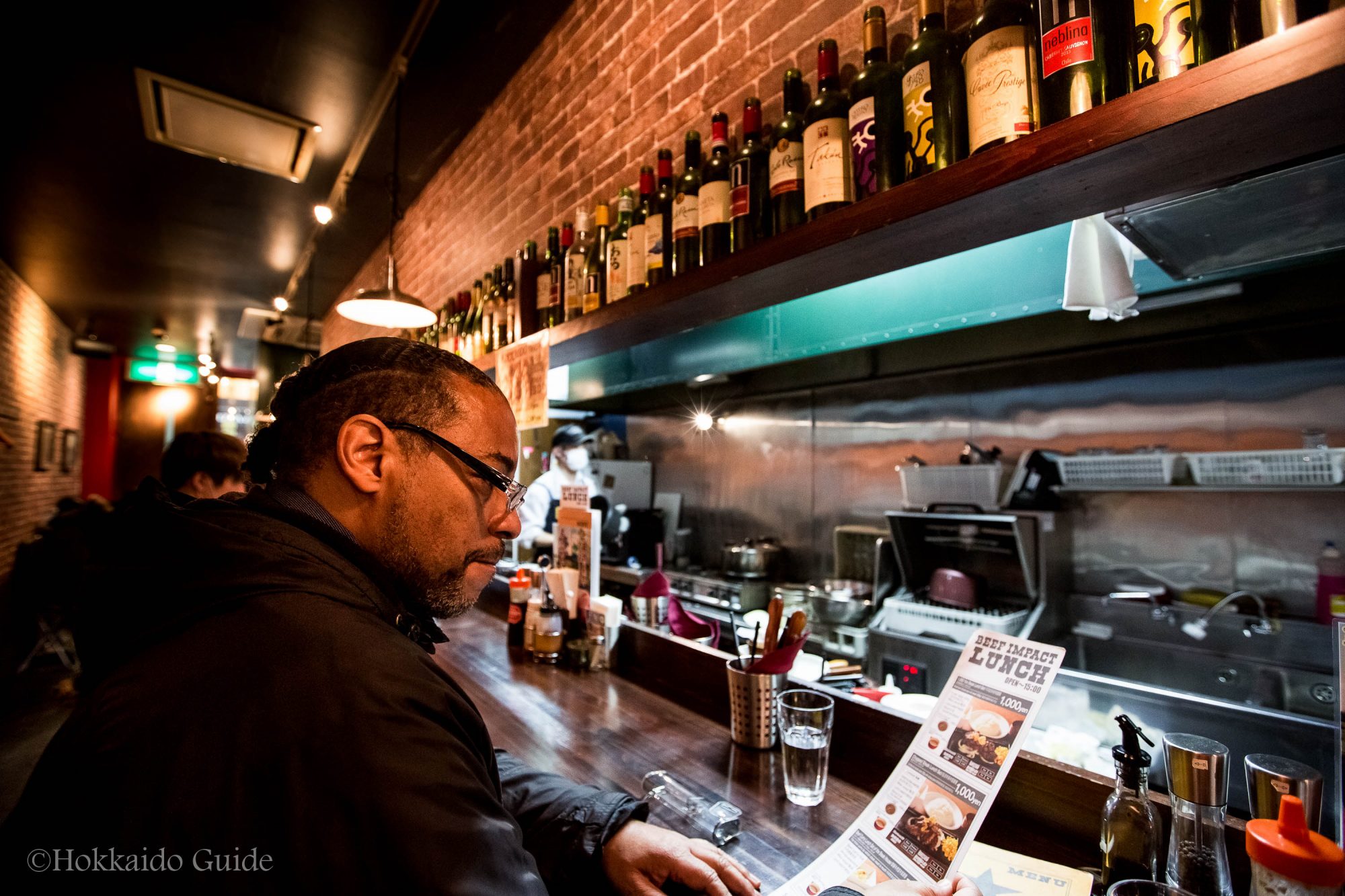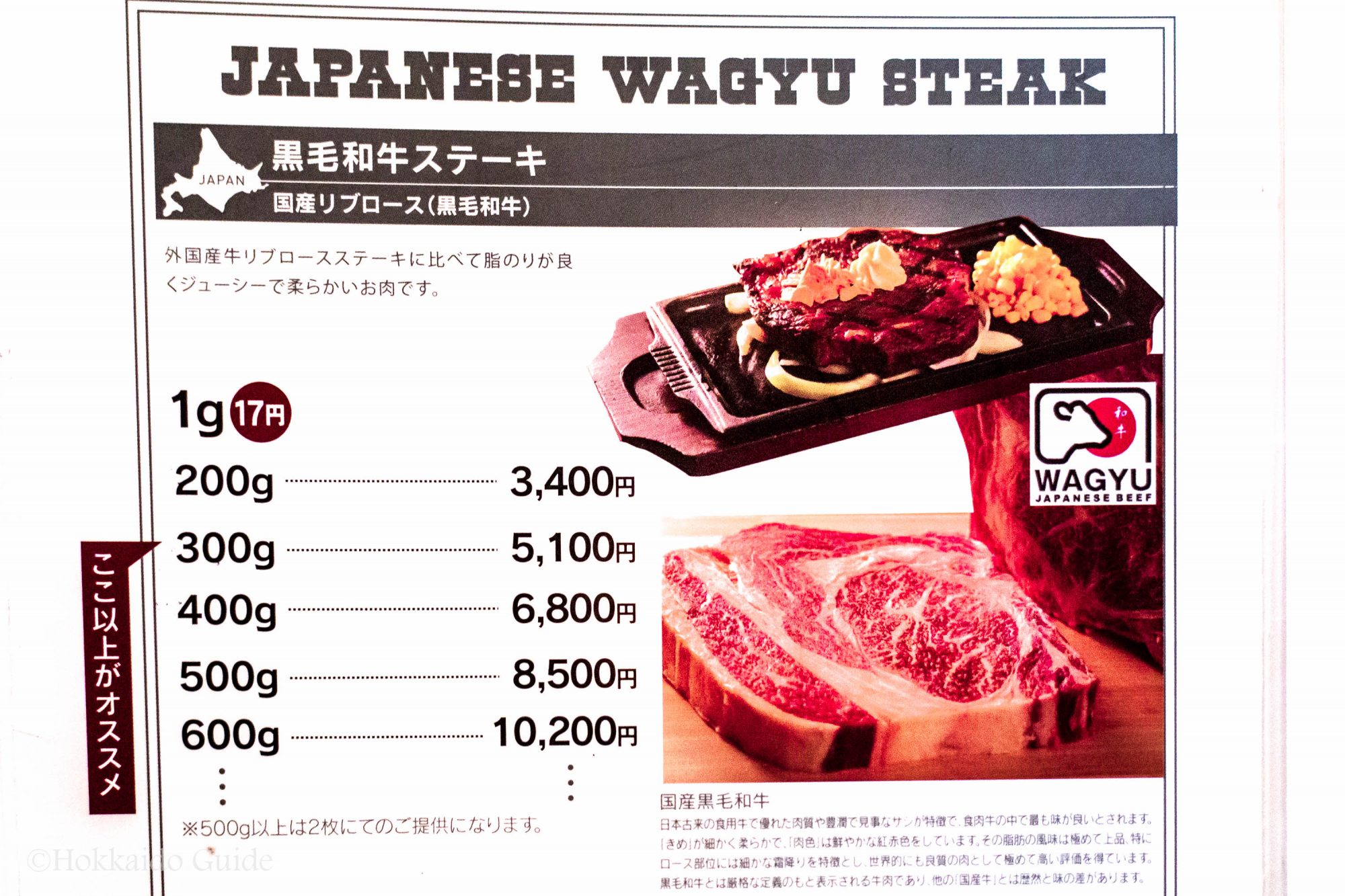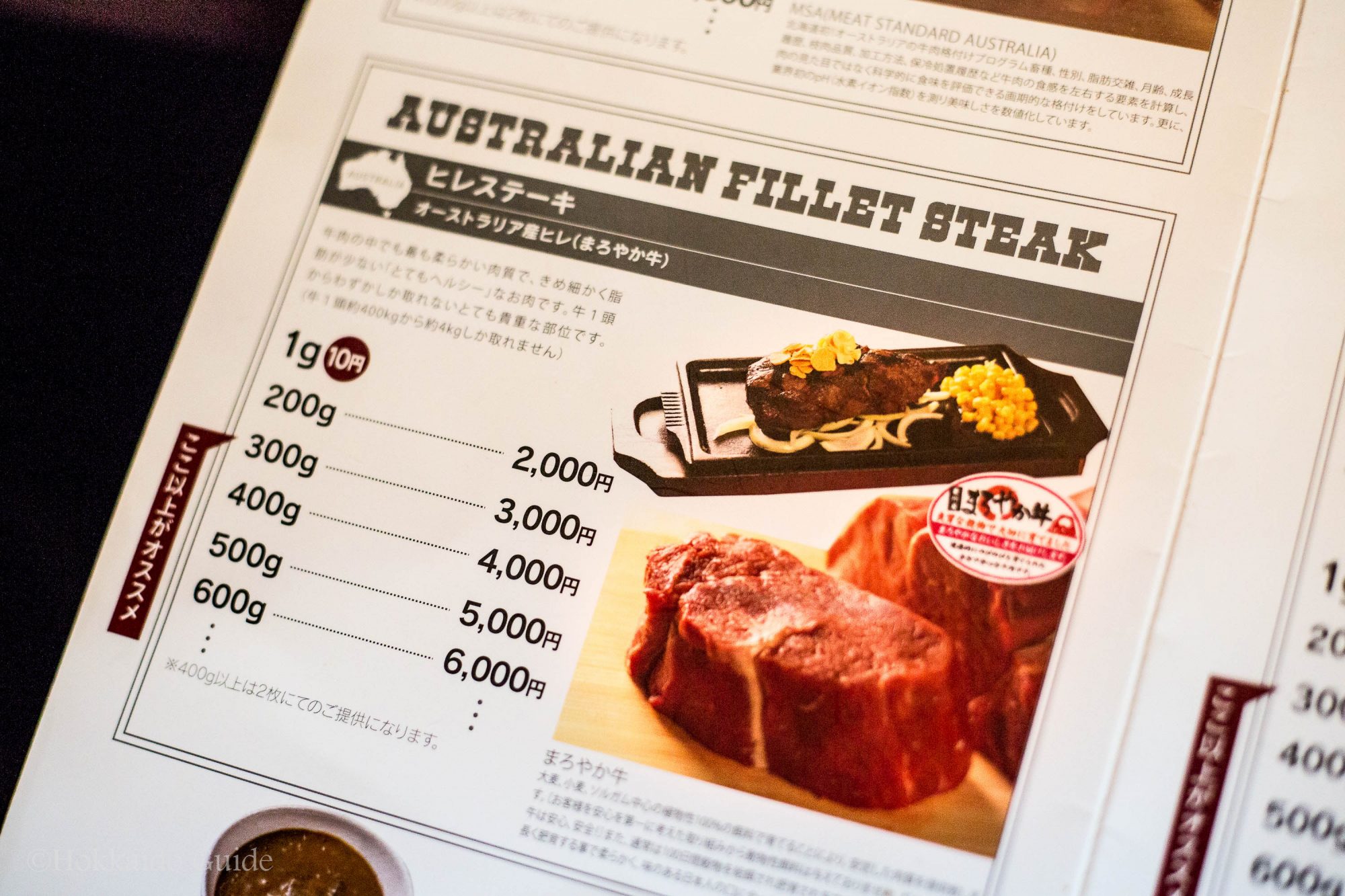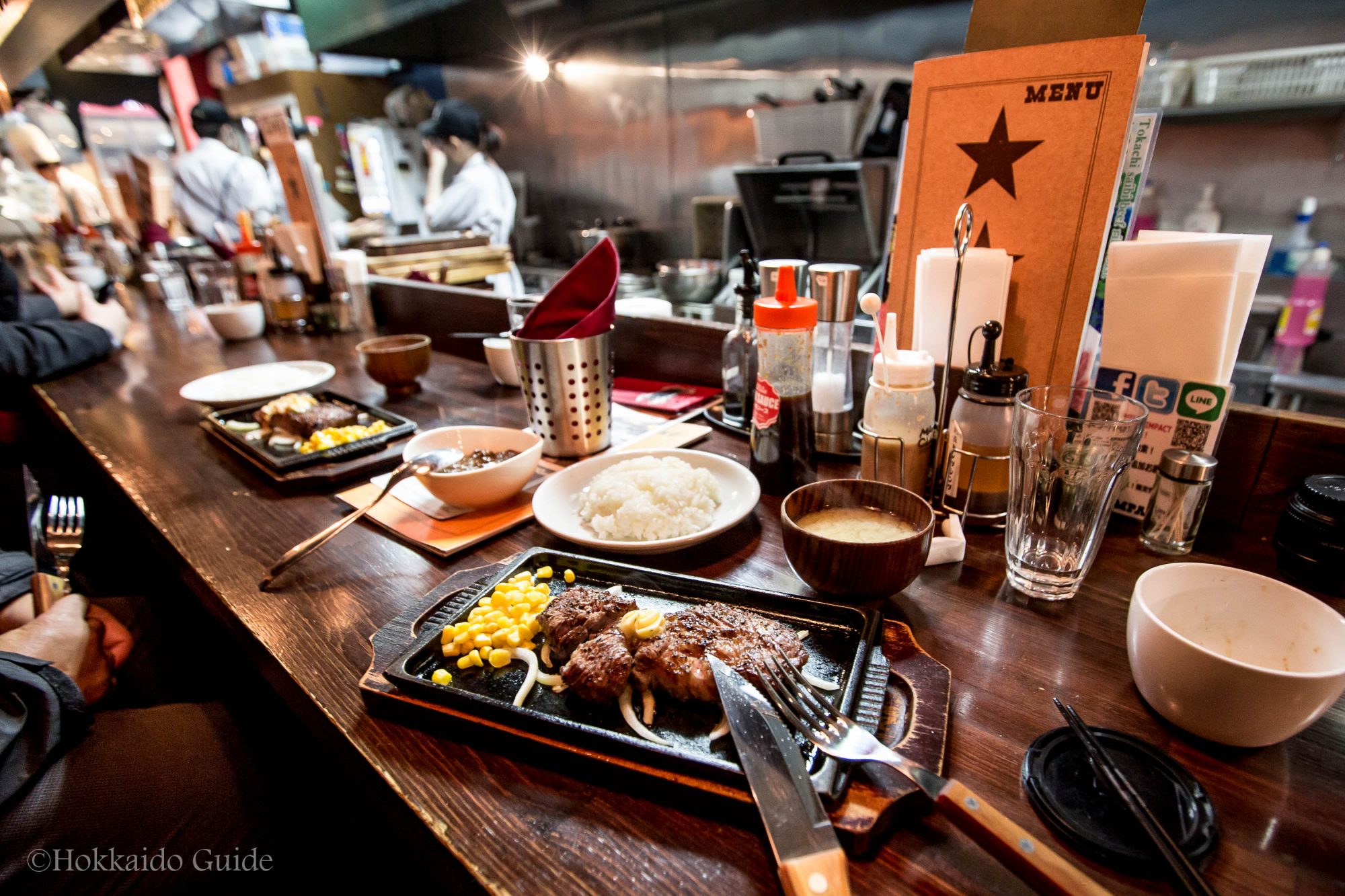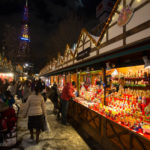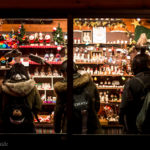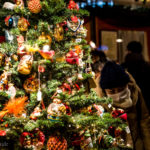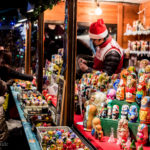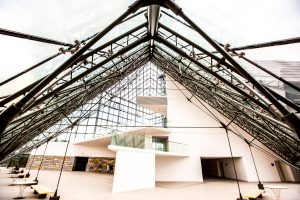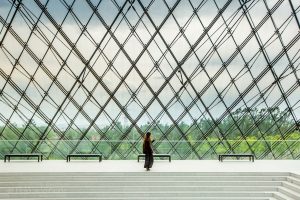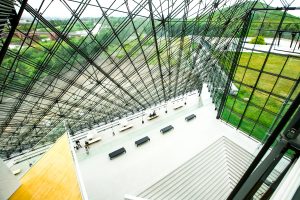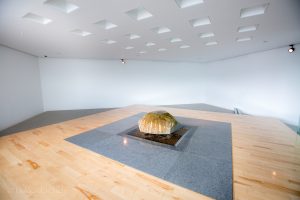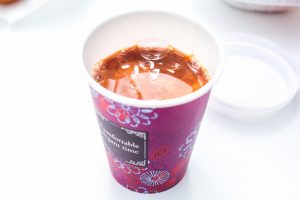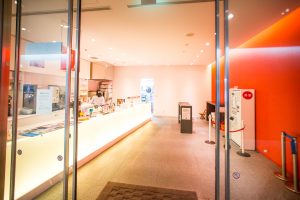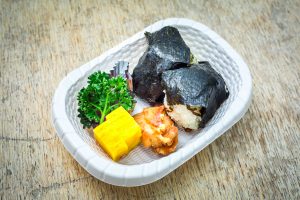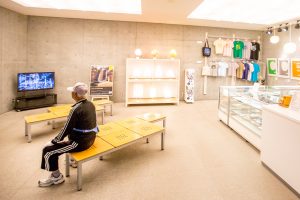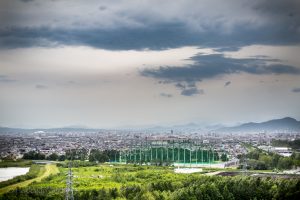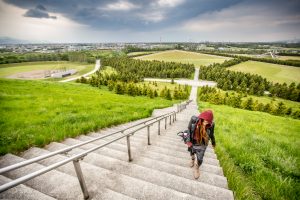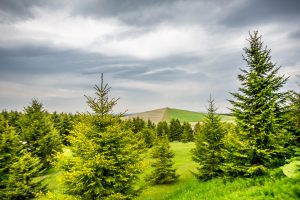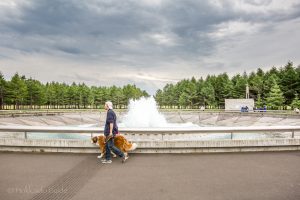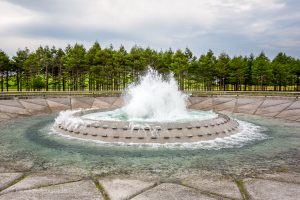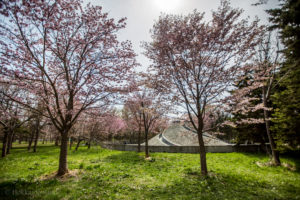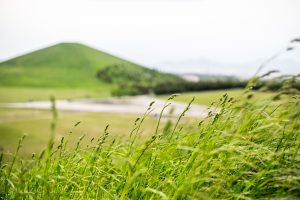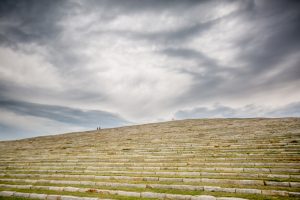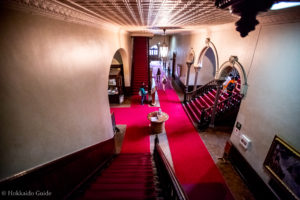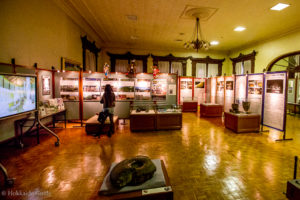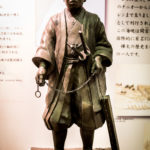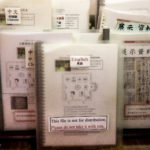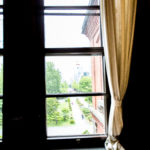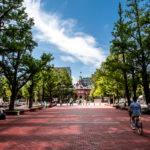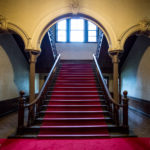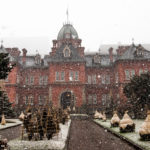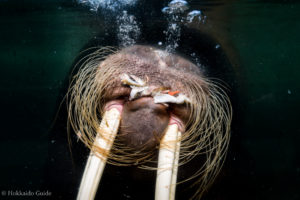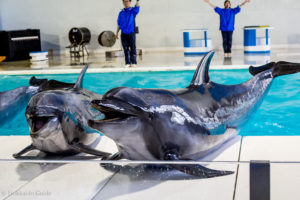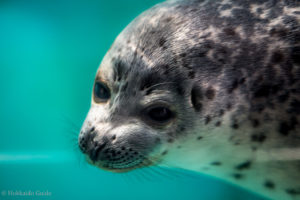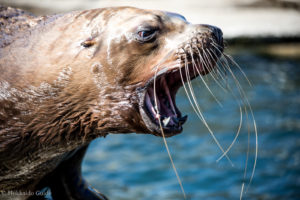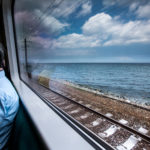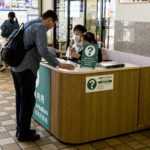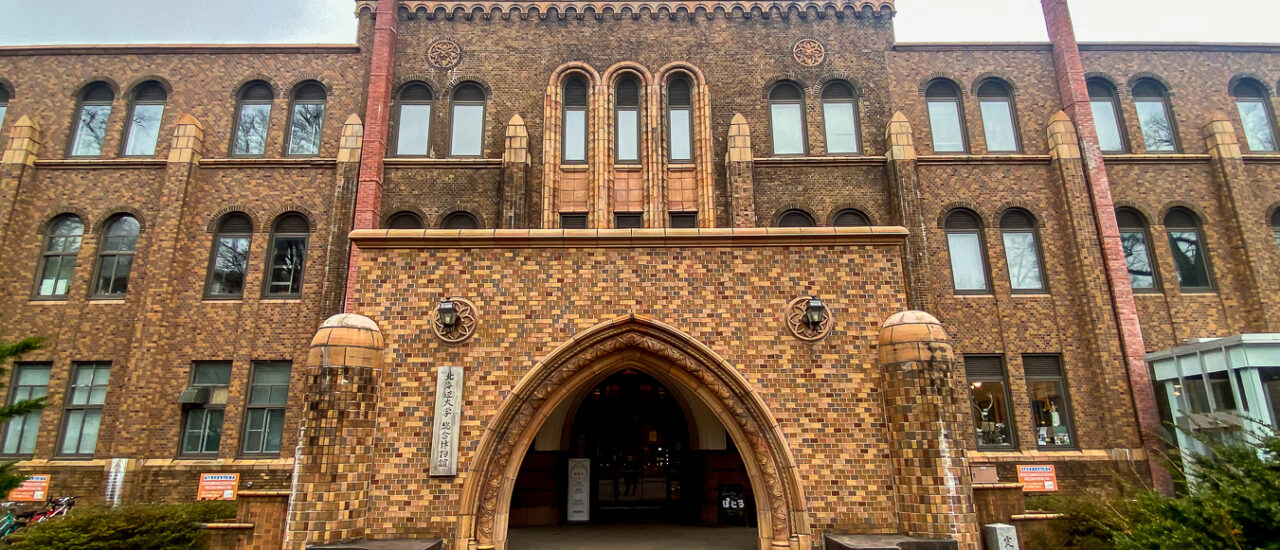
Author:

Beef Impact Restaurant
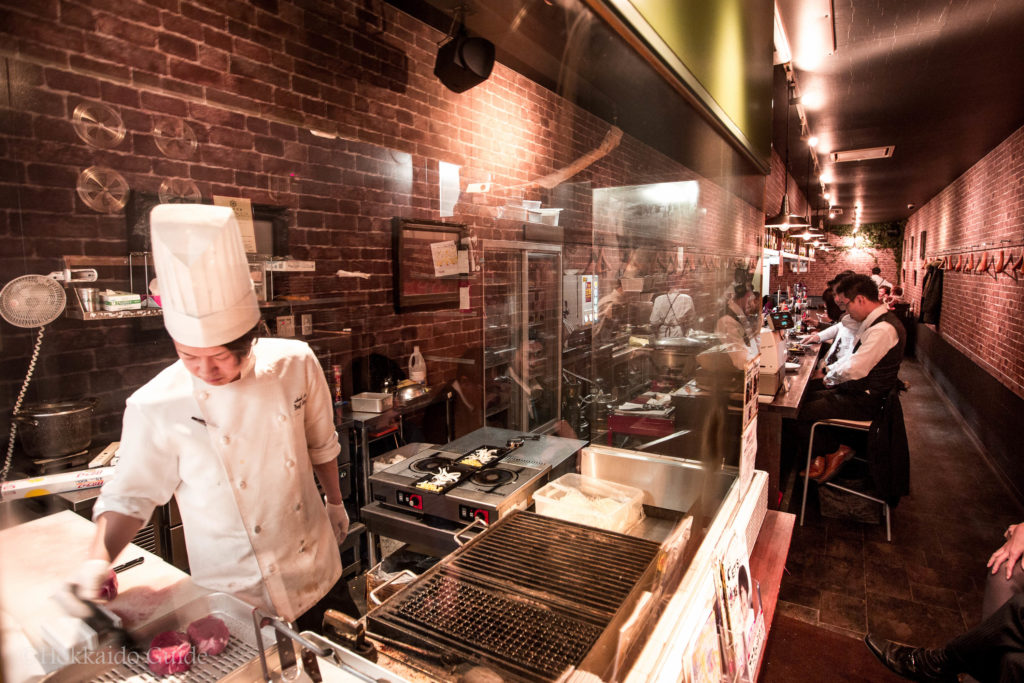
| Pricing Guide (Avg. cost per person) | 1000 - 2000 Yen |
| Opening Hours | 11:30 - 22:30 |
| Closed | - |
| Contact | 011 211 8554 |
| Notes | English menu available |
| Location | 4-17-1 Minami 3 jo Nishi. Chuo-ku Tanuki Koji Arcade 4 |
A succulent lunch
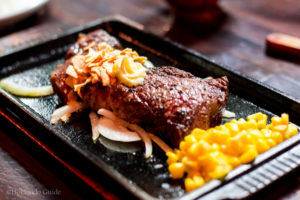
[the_ad id=”4264″]
Welcome!
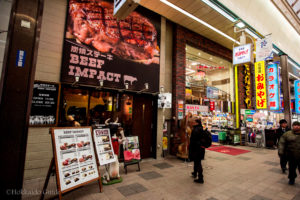
Local red & white wines

Comes with rice & miso
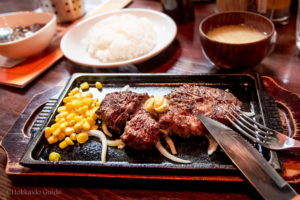
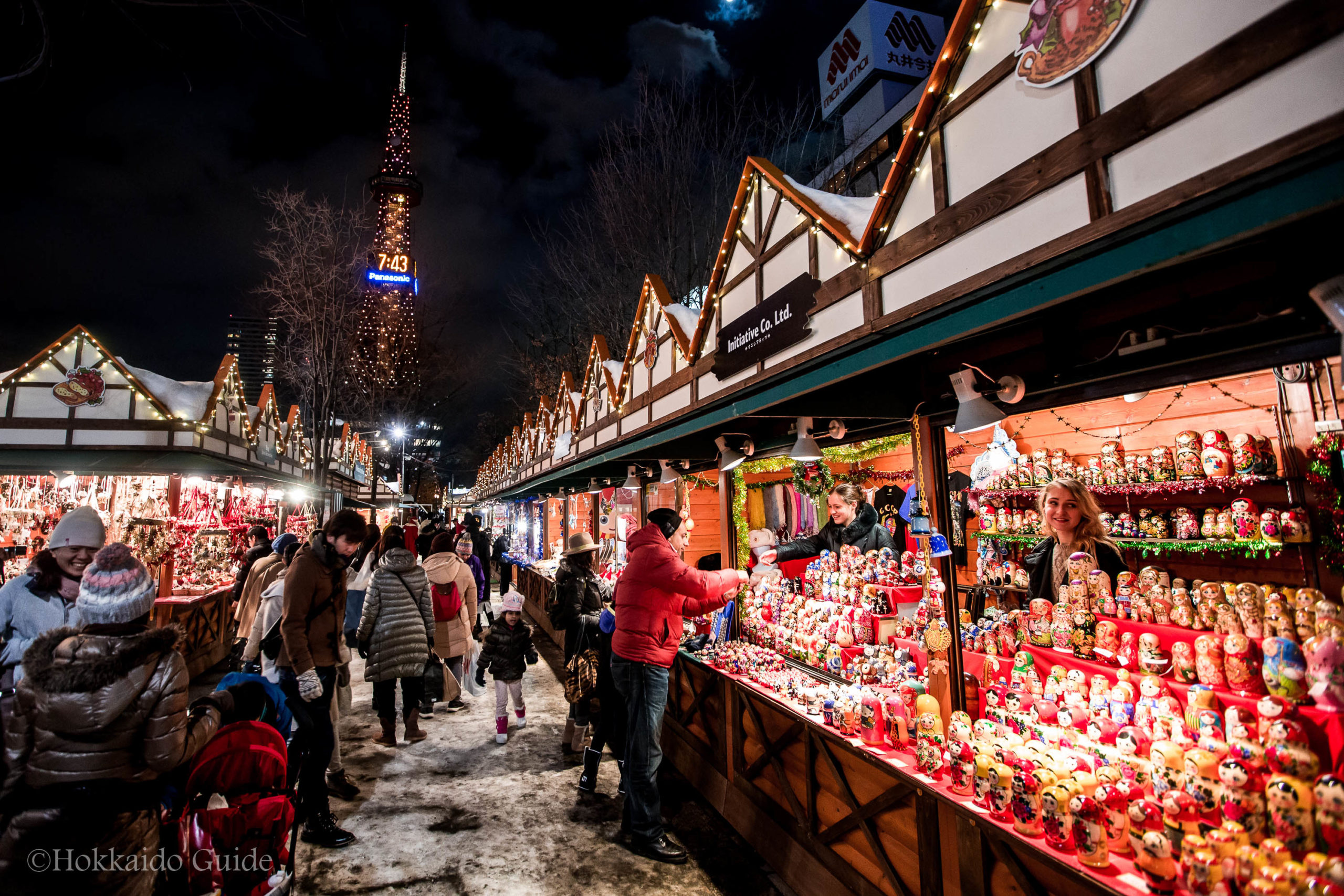
German Christmas Market
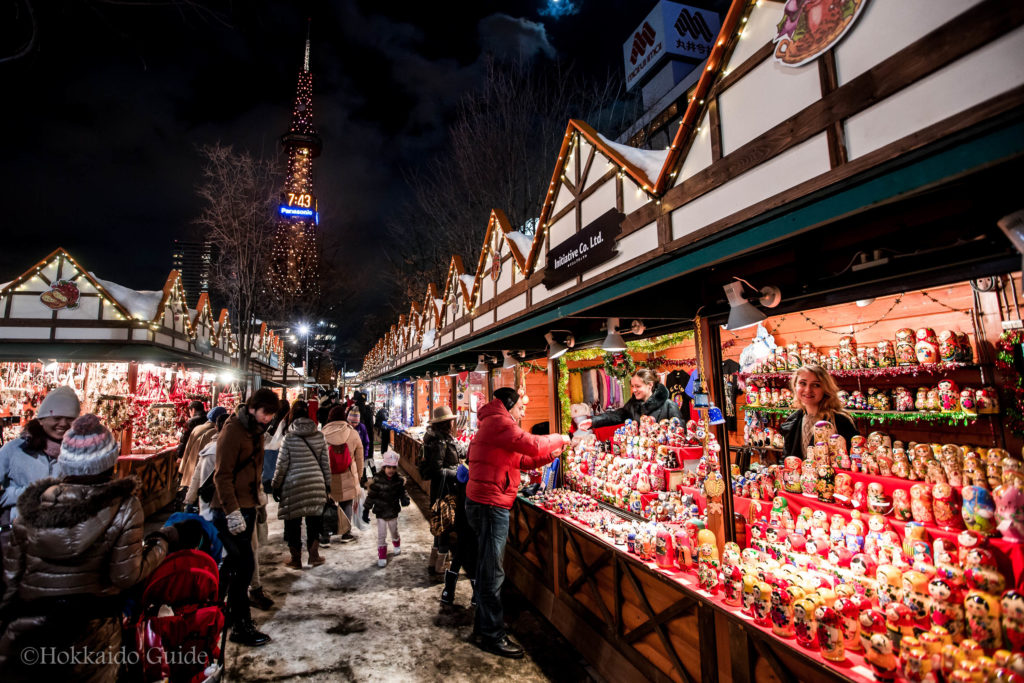
| Admission | Free entry |
| Opening Hours | 1 month November 25th to December 26th 11:00 – 21:00 |
| Closed | – |
| Contact | 011-222-4894(Sapporo City Call Center) |
| Notes | - |
| Getting There | Odori Park |
This event started in 2002 to honor the 30th anniversary of its sister city ties with Munich, Germany. Set up in sight of the TV Tower this small village is the perfect spot to take in a white winter and experience the Christmas cheer. There are a few dozen stalls set up selling handmade Christmas gifts, beer, hot chocolate and mulled wine to keep the hands and belly warm. There are also an array of food stalls selling traditional German cuisine. Over the years this has expanded to other European foods.
[the_ad id=”4264″]
For the kids, there is an indoor workshop to make decorations and there are performances and concerts outdoors. This event also coincides with the Sapporo White Illumination, which runs next to the village. This is a great spot for the family or a romantic date. So, rug up and take in the sights and smells, and if you’re lucky you might get a chance to meet Santa Claus.
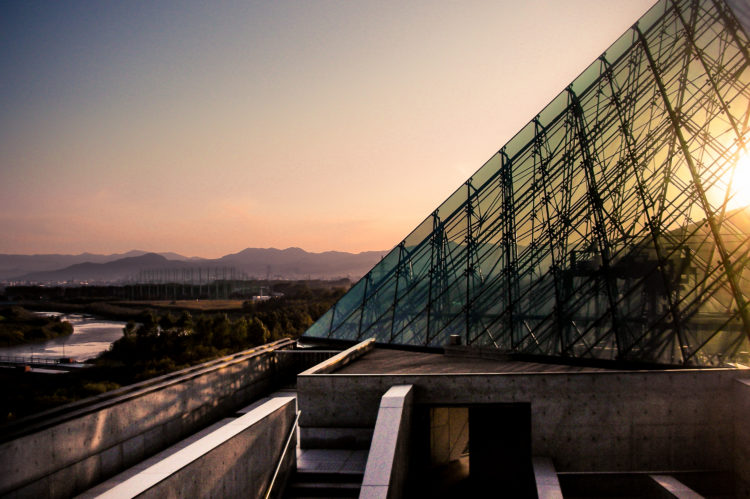
Moerenuma Park
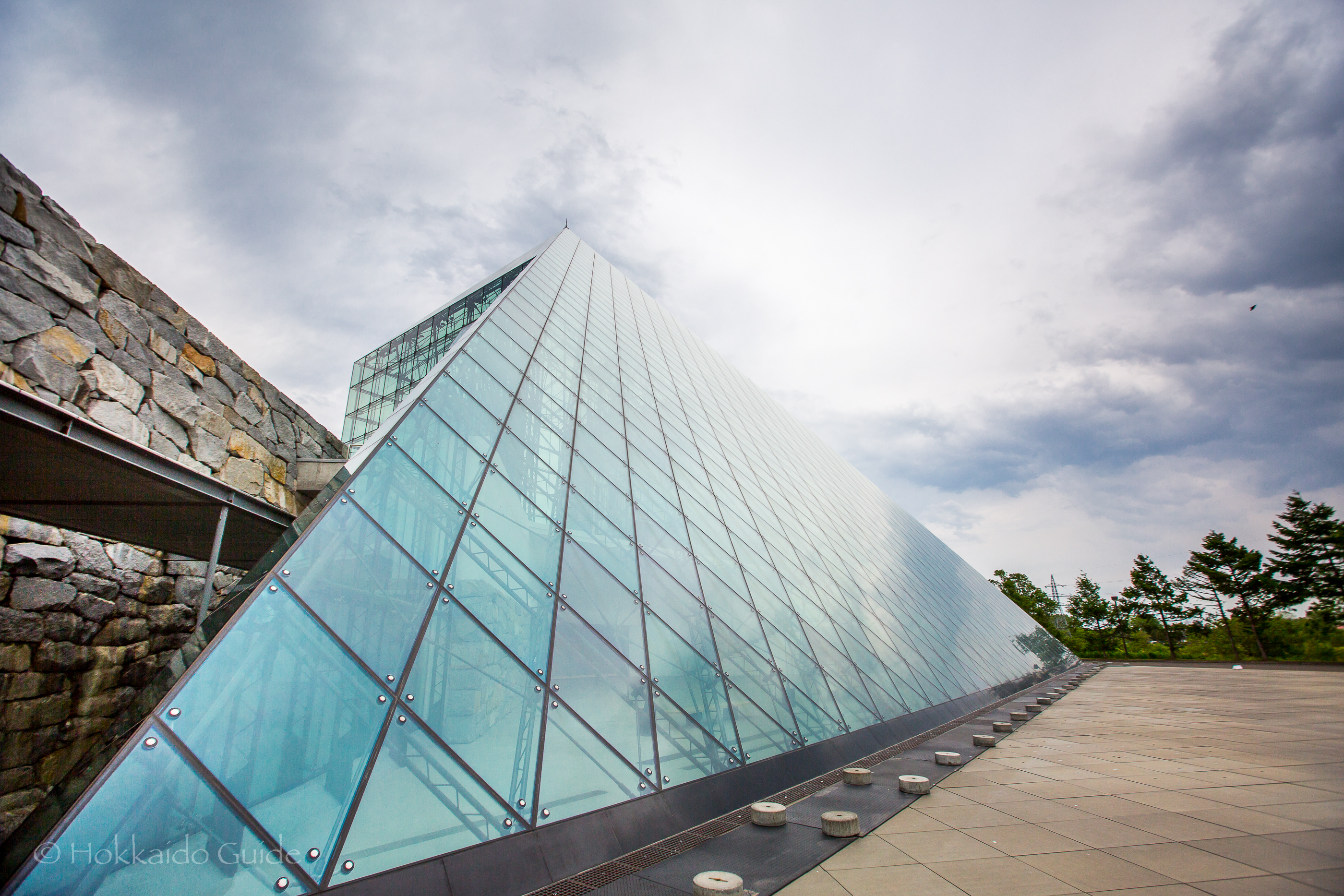
| Admission | Free admission |
| Opening Hours | 7:00 - 22:00 |
| Closed | - |
| Contact | 011-790-1231 |
| Notes | Parking available, Bicycles for hire, French restaurant in pyramid, Art gallery, Photography spot, Kids play area, Picnic spot, Water park, Wheelchair access |
| Location / Getting There | Take bus from Sapporo. Details see below. 1 Moerenumakōen, Higashi-ku, Sapporo-shi, Hokkaidō 007-0011, Japan |

View of the park from the hill
This magnificent park design is owed to the master planning by Isamu Noguchi (1904-1988) , a Japanese-American artist, sculptor and landscape architect. Construction started in 1982 and was completed in 2005. It was built over a vast waste treatment plant and covers a huge 1.89 square kilometers. Sculptor Isamu Noguchi created the basic design based on the concept of “the whole, being a single sculpture”. The park is a must see and fuses together contemporary design with nature.
[the_ad id=”4264″]
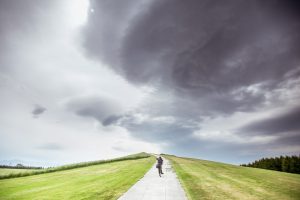
Good photography spot
The park contains many sculptures and has many features throughout. Its a great place to visit with family, with friends or for a date out. Cherry blossoms bloom in the spring, and the fountain and wading pool facilities are open in the summer. The Autumn brings out the beautiful changing colors , and there is cross-country skiing and sledding across the snow-covered landscape during winter. The park has attractions for all seasons. Rental bicycles are available from late April to early November for 100 yen per hour.
| Access From JR Sapporo Station | |
| 1. | Take the subway Toho Line (blue line) to Kanjo dori higashi station (25-min. ride) From Kanjo dori higashi station take the Chuo Bus [higashi 69] to Ainosato kyoikudai eki. Get off at “Moerenuma koen higashiguchi (east entrance) or From Kanjo dori higashi station take the Chuo Bus [higashi 79] to Nakanuma Shogakko dori, get off at “Moerenuma koen higashiguchi (east entrance) |
| 2. | From subway Namboku Line (green line) to Kita sanjuyo jo Toho line “Shindo higashi” (30min. / 20min. ride) Chuo Bus [Higashi 76] to “Shogakko dori”, get off at “Moerenuma koen Nishiguchi (west entrance)* |
| 3. | The seasonal bus service to Moerenuma Park in the summer runs to all parts of the city, including “Bus Center”, “Asabu”, and others. |
| *The west entrance (Nishiguchi) is closed during snowfall. | |
PARK FEATURES:
HIDAMARI
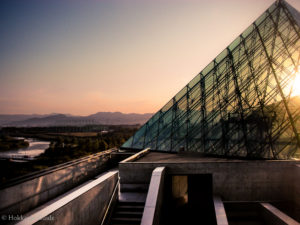
From the rooftop of the pyrmaid
One of the main structures and the symbol of the park is the glass-walled pyramid. This beautiful building serves as an art gallery. Exhibitions are held throughout the year by prominent artists. Prices vary on the exhibition. The Hidamari Pyramid also contains a delicious French restaurant, a gift shop, an ice cream shop and small take out lunch shop, plus an information center and has a viewing platform overlooking the park and the outlying areas. The viewing platform at the top of the pyramid is open from 9:00 until 20:00 during summer, 19:00 in Spring and Autumn, and until 17:00 during the winter months. It’s a good idea to check out this platform first, so you can plan out what areas you want to see in the park!
- Inside the structure
- Beautiful design
- View from the 3rd floor
- Art gallery space
- Take out coffee
- Food store
- Lunch box set
- Gift shop
MOUNT MOERE

Long walk up
Standing at 62 meters this man made mountain offers the best view of Moerenuma Park and the surrounding areas. There is a long winding track up, or a long flight of stairs straight to the stop. So if you’re also into fitness it’s a good work out! In winter, visitors can enjoy sledding and skiing on the mountain, making this feature one of the main attractions for visiting the park in winter. From this hill you can see all the way to Sapporo, and out over Hidamari. It is a good spot to get some photos!
MOERE BEACH
There is a shallow water park open from June to mid September. The paved pond is only a couple of feet deep which is great for young kids to play and splash around in. There are 3 water fountains in the pond as well so its also a popular area in the heat of summer. Ample grass space surrounding the pond is used for setting up tables and tents.
Open: Jun.13 – Sep.2. 10:00-16:00
Closed: Every Thursday
SEA FOUNTAIN
Surrounded in a copse in the middle of the park is the ‘Sea fountain’ which has a showtime at various times during the day. The giant fountain shoots up to 23 metres and was created to show the ebb and flow of life. At night the show is illuminated in time with the water.
| Operating Period April 29 - October 20 |
| Timetable for Weekends and National Holidays April 29 - May 31 10:30 - 10:45, 13:15 - 13:55, 16:00 - 16:15, 18:30 - 18:45* |
| June 1 - August 31 10:30 - 10:45, 13:15 - 13:55, 16:00 - 16:15, 19:15 - 19:55* |
| September 1 - October 20 10:30 - 10:45, 13:15 - 13:55, 16:00 - 16:15, 18:30 - 18:45* |
| Weekdays 10:35 - 10:45, 13:15 - 13:55, 16:00 - 16:15* |
| *Service may stop or the timetable may be shortened due to weather conditions, such as winds or heavy rain. |
FOREST OF CHERRY TREES
There is a large forest area interwoven with paths and play equipment which is great for the kids. The play equipment was also designed by Isamu Noguchi and really captures the imagination. These equipment pieces also serve as sculptures in their own right. There are 7 of these pieces hidden throughout this wooded area and not only are they fun to play on but its also fun to walk around and find whats around the corner.
TETRA MOUND
The Tetra mound is a triangular pyramid which is 13 meters in height. It is composed of stainless steel columns, two meters in diameter, and mounted on a grassy mound. The stainless steel surface was completed to resemble Isamu Noguchi’s fountain works in Detroit.
AQUA PLAZA
During Sapporo’s hot summers the Aqua Plaza offers a nice place to cool off. The 150 meter shallow canal flows through a section of the park. The water springs forth from a large sculptural basin. The stream is a great place to walk along, in or sit down and dangle your feet in the water. Isamu Noguchi’s water piece, garden area and stone square surrounded by two large mountains is often viewed as the symbolism of Sapporo.
- Good photography spot
- Relaxing
- Local Wildlife
- One of the structures
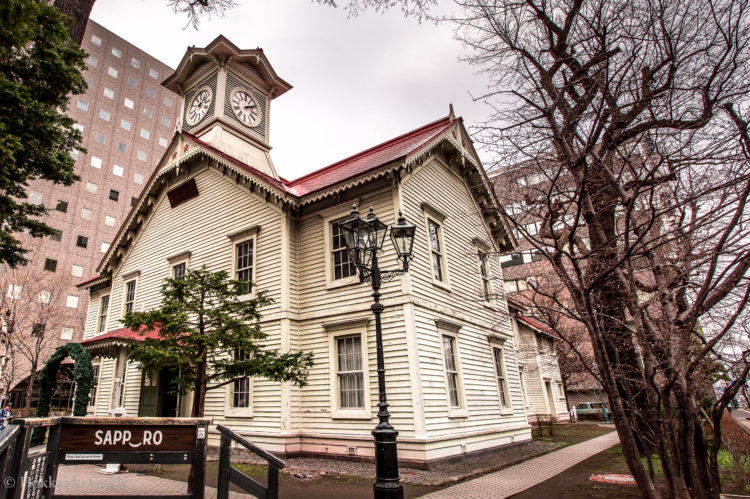
Sapporo Clock Tower (Tokeidai)

Clock Tower
| Admission | Adults ¥200 |
| Opening Hours | 9:00 to 17:00 Daily |
| Closed | January 1st to January 3rd |
| Contact | 011-231-0838 |
| Notes | - |
| Location / Getting There | Japan, 〒060-0001 Hokkaidō, Sapporo-shi, Chūō-ku, Kita 1 Jōnishi, 2 Chome 札幌市時計台 |
Located in the center of Sapporo just by Odori park, the clock tower was constructed in 1878. Sapporo was developed in the late 1860’s which makes the clock tower the oldest remaining structure in the city. The idea for the tower came from Dr. John Clark who was the vice principal of the Sapporo School of Agriculture at that time. The tower is American designed and served originally as a drill hall for students to do their physical education and military training. It also served as a hall for ceremonies.
[the_ad id=”4264″]
The clock tower now serves as a museum housing exhibits, photos and information on the history of agriculture in Sapporo and the development of Sapporo. Although dwarfed by the some of the surrounding modern buildings, the clock tower serves as one of Sapporo’s most famous icons. For foreign and domestic tourists, the tower is a hugely popular building. There is a constant stream of people taking the opportunity to visit and photograph this much loved piece of history.
In 1970, Sapporo Clock Tower was designated an ‘Important Cultural Property’ and certified as ‘Mechanical Engineering Heritage’ of Japan in 2009.

Former Hokkaido Government Office
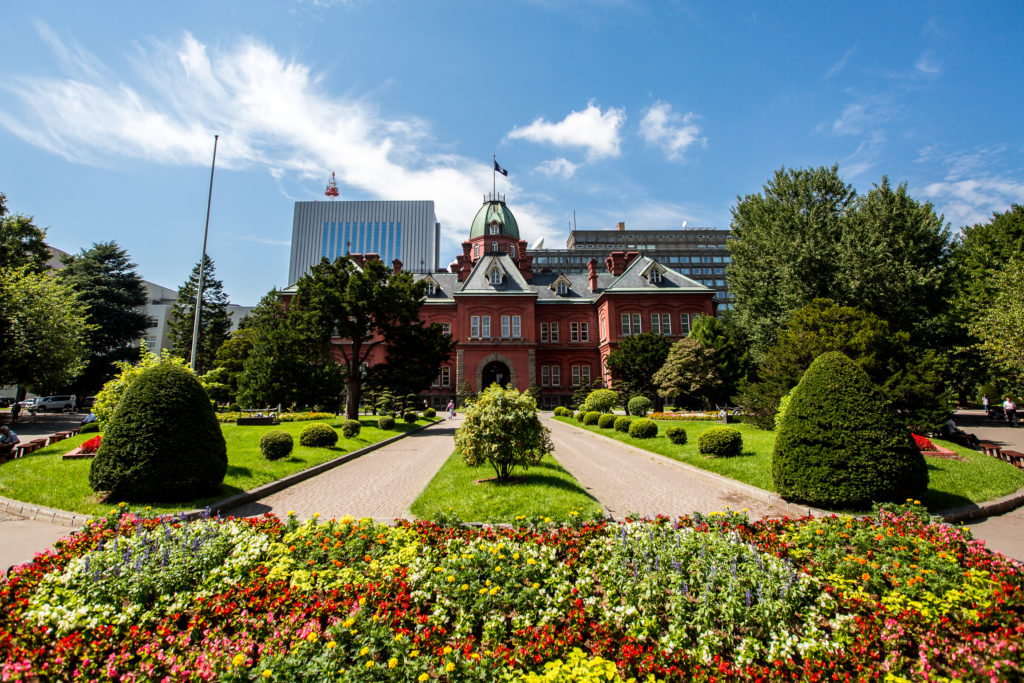
| Admission | Free |
| Opening Hours | 9 am to 5 pm daily |
| Closed | 29th December to 3rd January |
| Contact | 011-204-5019 |
| Notes | - |
| Getting There | 6 Chome-1 Kita 2 Jōnishi, Chūō-ku, Sapporo-shi, Hokkaidō 060-0002, Japan |
Also known as the ‘Red Brick Building’, the Former Hokkaido Government Office was used for approximately 80 years until the new government office currently in use was built. Built in in 1888, it now serves as a museum presenting exhibits about Hokkaido’s history. Built in French style architecture, the 33m-tall and 61m-wide Old Hokkaido Government Building was one of the tallest and largest buildings in Japan but had to be rebuilt in 1911 after a fire destroyed much of the interior.
[the_ad id=”4264″]
The exhibits are located on the 1st and 2nd floors. The information panels are all in Japanese but there are folders located that are translated into various languages such as English, Chinese, and Thai. They show information on the history of Sapporo, with models, photos and items from that era.
 Throughout the building there are 20 paintings inside, which depict historically important scenes in the history of Hokkaido. The paintings are hung in the corridors and exhibition rooms. Most of the windows are double-paned, to keep out the freezing climate of Sapporo. A souvenir shop is also located on the 2nd floor.
Throughout the building there are 20 paintings inside, which depict historically important scenes in the history of Hokkaido. The paintings are hung in the corridors and exhibition rooms. Most of the windows are double-paned, to keep out the freezing climate of Sapporo. A souvenir shop is also located on the 2nd floor.
The three-section arch, which is decorated with engravings in Western architecture, is installed in the entrance hall. This is a popular spot for tourists to take photos. The Governor’s former office room is open to the public, and it displays restored room facilities as well as pictures of the successive governors in Hokkaidō. Other rooms are occasionally designated as conference rooms, and many companies and organizations have used these rooms for their meetings.
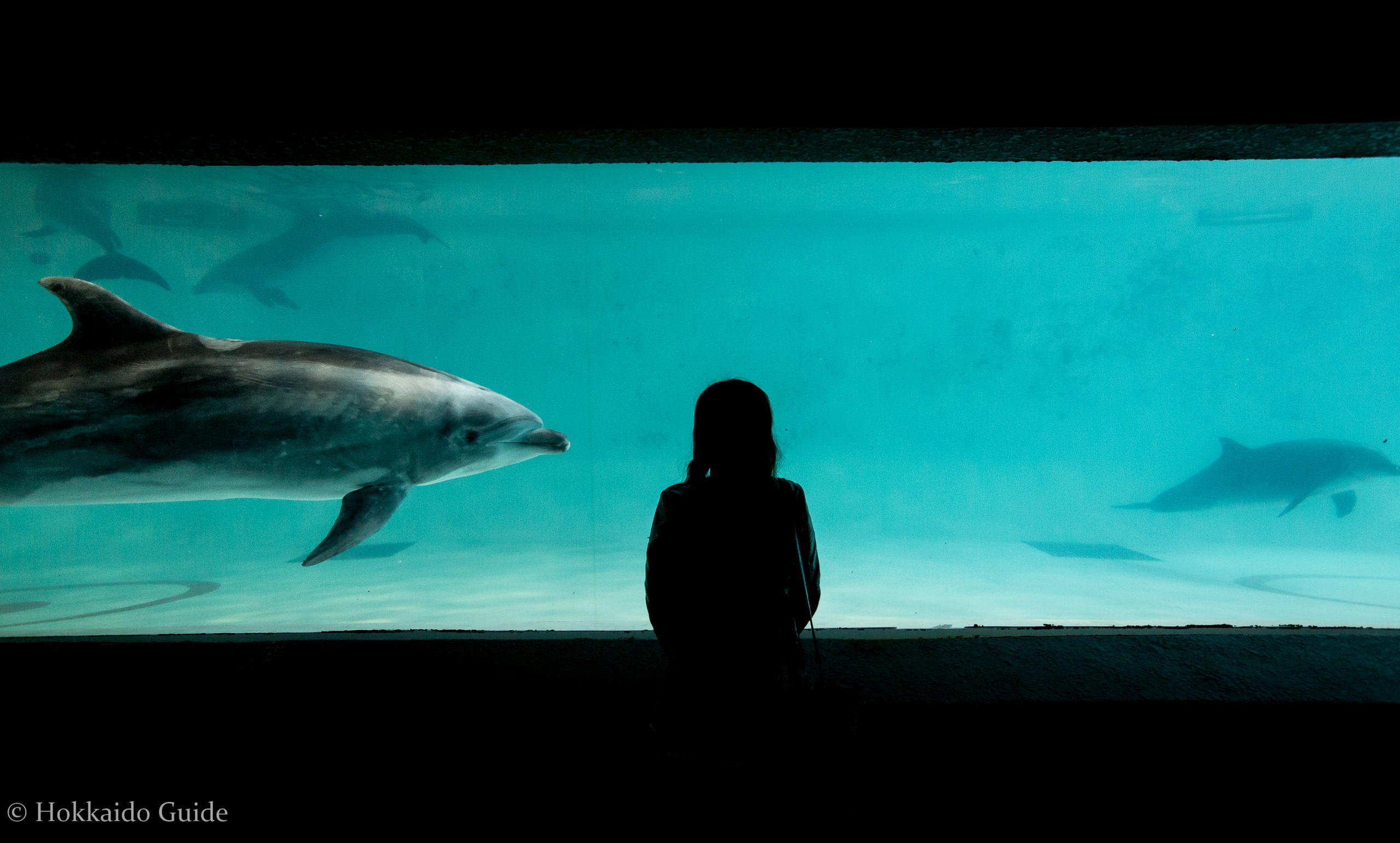
Otaru Aquarium
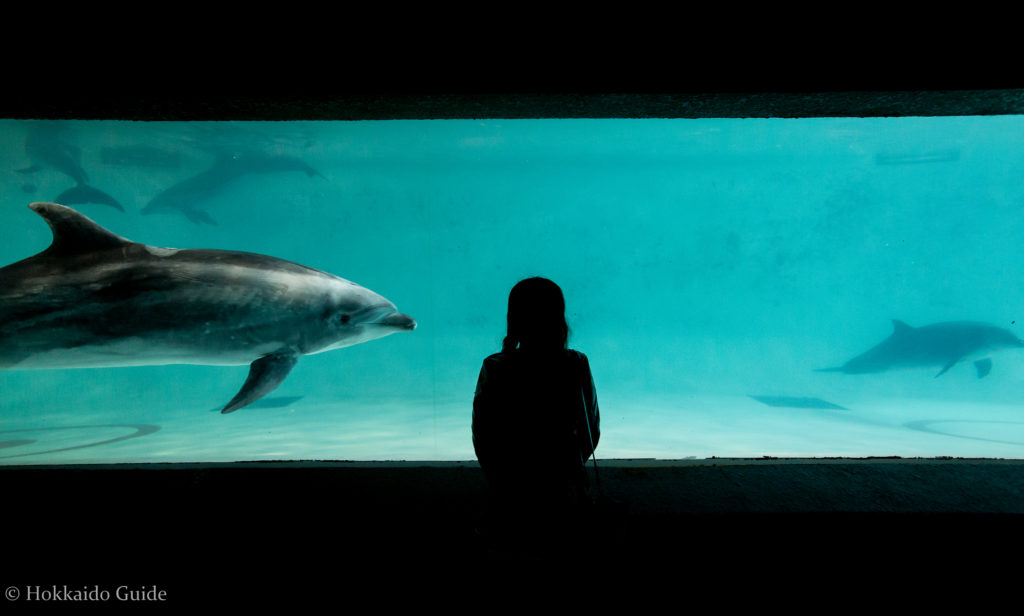
| Admission | Children ¥200 Junior & High school students ¥500 Adults ¥1400 |
| Opening Hours | Monday – Saturday 9:00 – 17:00 |
| Closed | Sundays |
| Contact | 0134-33-1400 |
| Notes | Foreign Language Ability: Limited |
| Location / Getting There | 3 Chome-303 Shukutsu, Otaru, Hokkaido Prefecture 047-0047, Japan Take a train from Sapporo station to Otaru station. 40 min. Bus to the aquarium. 20 min |
Otaru is a harbor town 1 hour west of Sapporo by train. Otaru is famous for its seafood, glassblowing, and its canal. Its also home to the largest aquarium in Hokkaido. Some aspects and parts of this aquarium are outdated but there are also some parts which are unique. Originally built in 1959, the aquarium is home to 5,000 sea creatures of 250 different species. The primary focus is on fish that live in Hokkaido and the polar regions. Visitors can also see the only harbour porpoises in Japan.
[the_ad id=”4264″]
One of the large tanks with an array of sea life.
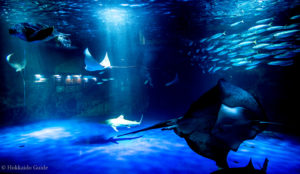
The Penguin Walk
A great opportunity to get up close to a flock of penguins as they make their daily walk down for their ocean swim.

Walrus Feeding
A chance to see these enormous animals up close and personal. After the feeding takes place the walruses will come down to the front glass in the water for some great photo opportunities.
Dolphin Show
An opportunity to watch the dolphins with their trainers, jumping and performing for the crowd. There is also a large viewing window beneath the water.
Sea Lion & Seal Shows
These separate shows are similar in structure. The animals will jump and dive for an audience. The show also acts as the feeding time for these animals.
How to get there :
If you don’t have access to your own transport it is quite easy to take public transport to the aquarium. Take the train to Otaru station from Sapporo station (this takes about 40 minutes). Otaru station is the last station on the coastal line so its not hard to miss. After that, the bus will take you straight to the aquarium, which is also the last stop (this takes about 20 minutes). The staff at the information booth at the station are extremely helpful and will be more than happy to tell you which bus to take. They speak great English and there are timetables available.

